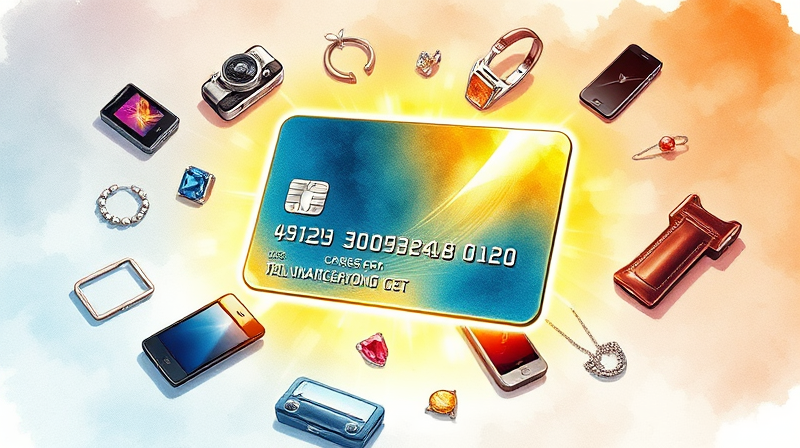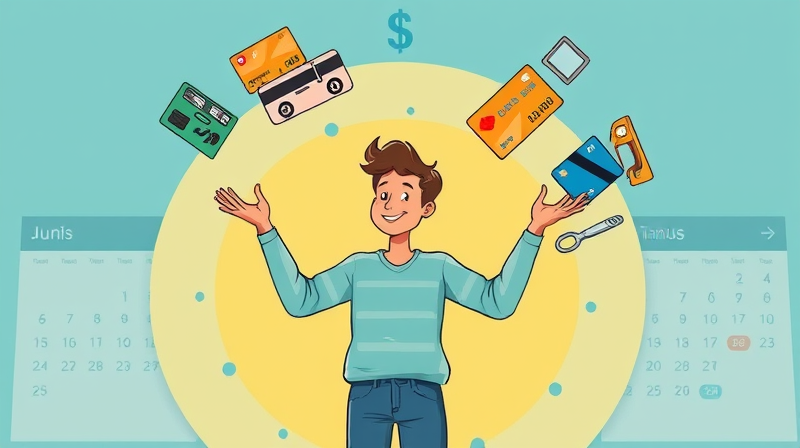
Credit card statements can feel like a complex puzzle, but mastering your billing cycle transforms them into powerful tools. By understanding key dates, grace periods, and optimization strategies, you’ll gain greater control over your cash flow and unlock opportunities to save on interest.
A statement or billing cycle is the period between two consecutive closing dates, usually lasting 28 to 31 days. During this window, every purchase, payment, fee, and credit is recorded and summarized for your review.
The closing date marks the end of the cycle and triggers the production of your monthly statement. That document shows your statement balance at closing date and establishes the minimum payment due as well as the payment deadline.
Any transaction—whether a purchase, cash advance, or balance transfer—adds to your balance during the cycle. Payments and statement credits deduct from it. At the cycle’s close, the final balance appears on your statement.
For example, if your cycle runs from the 5th of each month to the 4th of the next, a purchase on the 6th won’t appear until the following statement. This timing can create nearly two months of interest-free credit.
Most cards offer a grace period of 21 to 25 days after the statement date, during which you can pay your full balance without incurring interest. Some issuers extend this to 55 days, granting additional breathing room.
If you pay the full statement balance by the due date, you avoid interest charges on purchases made during that cycle. However, carrying any unpaid amount triggers interest accrual on both existing and new charges.
Timing your spending and payments strategically can yield significant benefits. Make large purchases right after a cycle opens to maximize the time interest-free. Conversely, scheduling payments just before the closing date lowers your reported balance.
Reducing the balance before it’s reported helps with improving your reported utilization ratio, which is vital for your credit health. A lower utilization ratio demonstrates responsible credit usage and may boost your score.
Your credit utilization—calculated from the statement balance—accounts for about 30% of your credit score. Paying before the statement closes ensures that low balance is reported, strengthening your profile.
Moreover, on-time payments each cycle build a reliable payment history, the most influential factor in your credit score. Avoiding late fees and missed payments protects your financial reputation.
Many issuers let you track opening and closing dates through online portals or mobile apps. Some even allow you to shift your statement date to just after payday, ensuring you always have funds available when payments are due.
Whether you prefer calendar alerts, app notifications, or automated payments, staying informed about your cycle empowers you to stay ahead and avoid surprises.
Understanding your statement cycle transforms credit management from a chore into an empowering strategy. With strategic timing and informed payments, you harness the full potential of your card’s grace period, maintain healthy credit utilization, and avoid unnecessary interest.
By tracking dates, customizing your cycle, and setting smart reminders, you’ll navigate each billing period with confidence. Embrace these insights to reclaim control over your finances and step toward a more secure, interest-free future.
References













